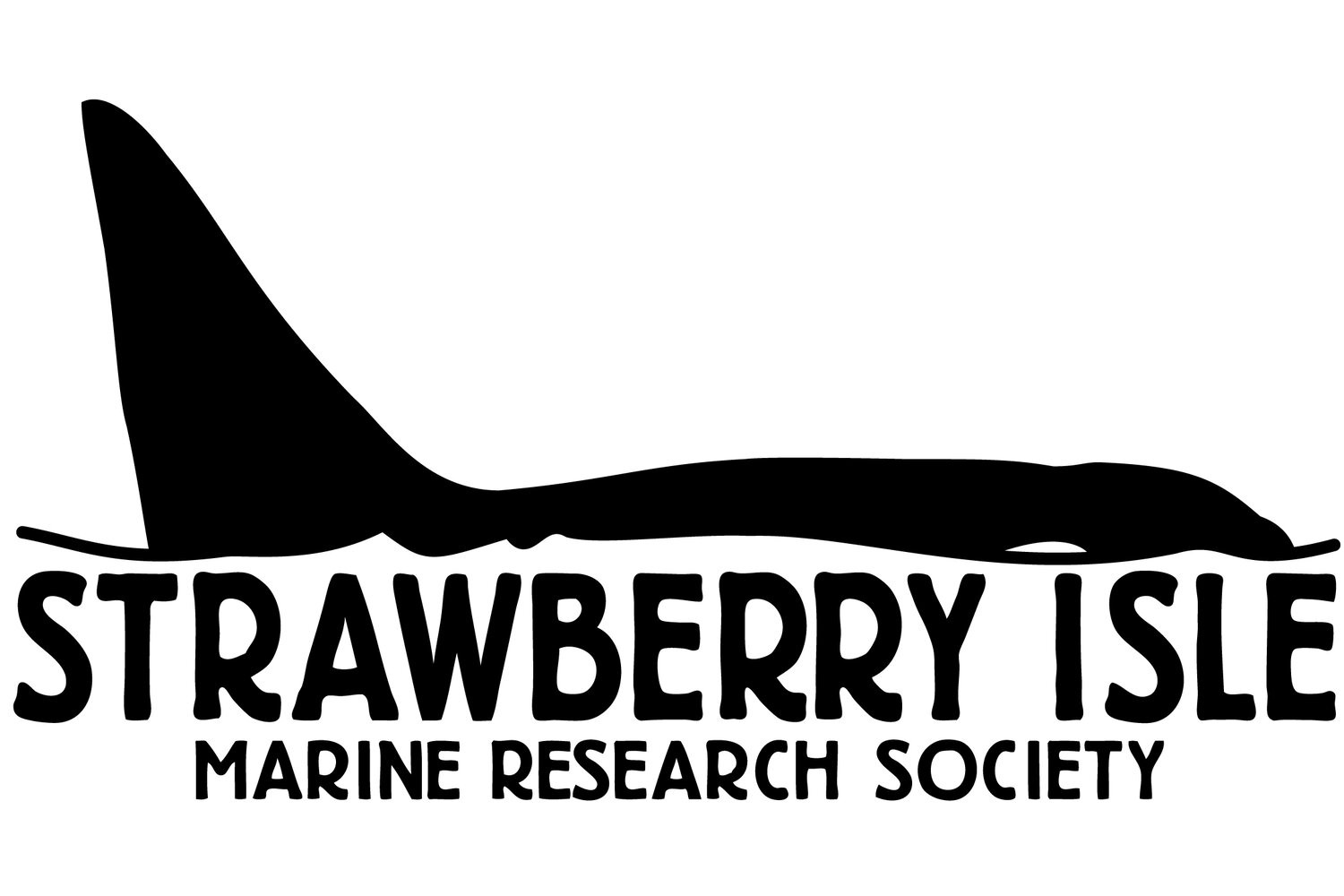Investigating Life in the Open Ocean
/There’s a lot we don’t know about life in the deep oceans, far from our shores, in what we call pelagic ecosystems. When you look at a globe and note how much of it is blue, this knowledge gap starts to feel significant and maybe a little bothersome. These expansive, mystery-shrouded ecosystems need some attention.
Photo by Sydney Dixon
For instance, most of what we know about seabirds comes from observations and research conducted close to shore. But marine birds only come near shore to mate and nest; most of their lives are spent at sea, away from binoculars and data collection sheets. If someone sought to understand me based solely on my performance of domestic duties, I would be appalled. We owe these birds an apology and a proper enquiry. And of course, it’s not just birds out there. There’s a whole range of pelagic dwellers roaming the seas.
There’s plenty we could ask about the environmental conditions offshore too. How’s the water temperature? Are the summers pleasant? Is there enough oxygen dissolved in the water? And perhaps most importantly: How are these things changing? We need to know how living conditions are changing so that we can lay out effective species recovery plans. A rather alarming 36% of the world’s marine mammal populations are threatened at the moment. If we’re to step in and do something about that, we had better know what kinds of conditions these animals need and how these conditions are changing.
Monitoring change requires a baseline from which to make comparisons. Lucky for us, the SIMRS founder, Rod Palm worked on creating a baseline back in the 90s and early 2000s. Rod spent years conducting boat-based surveys along a transect that started at Wilf Rocks and shot out 64 km, beyond the edge of the continental shelf, to the abyssal plane, where the boat bobbed nearly a kilometre above the deep ocean floor. Rod and his team would drive the boat over this same path at the same speed each month (as weather allowed), gathering data on the abundance and distributions of marine birds and mammals. The data collected on these surveys have been used by other scientists as a baseline ever since. In fact, current estimates of seabird populations off Vancouver Island are still based on Rod’s surveys. It might be time for some updated data.
Photo by Karyssa Arnett
That’s why we are preparing to once again launch SIMRS researchers and partners out onto the open ocean to follow the transect laid out by Rod. Starting just as soon as sea conditions and boat availability allow, we’ll be conducting monthly surveys, and we’ll go at it year-round.
The transect is nicely placed for pelagic wildlife viewing because our boat will be cruising right over Clayoquot Canyon, and these underwater canyons play a pretty cool ecological role. When currents pass through the canyon, water at the bottom is driven up along the canyon wall and delivered to lesser depths. Someone swimming up near the surface might feel a little shiver because that bottom water is colder, having been sitting down there so far from the sun. This upwelling of bottom water is pretty handy if you are trying to photosythesize. Phytoplankton and algae hang out up where they can get sunlight, but nutrients in the ocean tend to settle to the bottom. It’s hard to find both of these ingredients for life in one spot, so when currents bring nutrient-rich cold water up to the sunlit zone, it’s phytoplankton party time. Which means it’s also party time for the things that eat phytoplankton and the things that eat the things that eat phytoplankton. And this explains why Rod noted in his surveying days that more birds and mammals were spotted at the canyon edge at times when he measured cooler water temperatures there.
The observers onboard our vessel will be looking out for marine birds, mammals, sea turtles, sharks, and large pelagic fish like, Mola. We’ll be recording species sighted, number of individuals present, and behaviour. We want to know if the animals are feeding, resting, mating, travelling, socializing, etc. This will help us determine the importance of Clayoquot canyon to these animals. We also want to know if the same individuals keep returning to their favourite patch of blue, so good photos will be important for tracking individuals.
At three points along the transect, we’ll stop the boat and get out our nets to collect samples of phytoplankton and zooplankton. No behavioural notes to collect here; these guys don’t tend to do anything noteworthy since they can’t move under their own volition. We just want to look at what species we’ve got and how they’re doing in terms of abundance since they form the base of the food pyramid out there. We’ll also be collecting environmental data at these stops (water temperature, salinity, dissolved oxygen, turbidity, that kind of stuff). And we’ll be lowering an underwater microphone so that we can listen in on cetaceans and complement our visual data with acoustic data. As we carry out this work, we’ll be uploading and sharing data with other researchers and organizations.
The hope is that, over time, we’ll get an idea of how pelagic organisms use the regions far offshore throughout the seasons, and how environmental factors relate to habitat usage. Then we can better understand how pelagic organisms are likely to be affected by environmental changes and changes in human marine activities. Our job here is to ensure that when policy-makers sit down to make time-critical decisions that will either save the oceans or completely fail them, those policy-makers will have the best possible shot at getting it right.
By Robyn Perritt (SIMRS volunteer)




